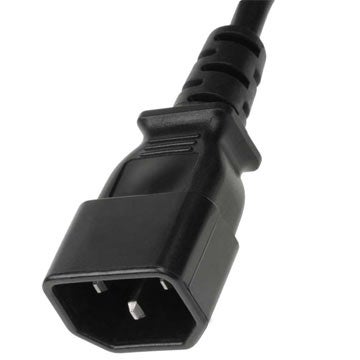Significant Insights on Power Cords and Plugs That You Must Have!
You use power cords for sure. But, do you know what standardizes them and what makes them useful for the purposes you want? The International Electrotechnical Commission – abbreviated as IEC is the body responsible for providing the Power Cords with the standardization based on their specifications. Let’s take IEC320 Power Cords for example. The term “IEC 320” refers to the electrical specification of that power connector. IEC rates the IEC 320 receptacles for 6 to 10A at 250 VAC.
So, most of the accessory power cords come with the plug that fits into instruments but whether or not their end will fit to the power outlet depends on the country and the device that you use. When it comes to producing power cords for international manufacturing, producing one instrument with common power receptacle along with the right power cord is more effective than producing different models.
Until now, we have talked about several different types of power cords. Today, we will be talking about Type C power cords of different types and discuss their features.

C13 Power Cords
C13 power cords are 125-250-volt connectors. Search for these cords online and you will different lengths and ranks of them. Over the years, they have gained a lot of popularity due to their efficiency and design. You can find C13 power cords that are angled, straight and the ones that come with a lock. You need to find out which one would serve your purpose. The cords that come with a lock prevent the perils of downtime arising out of loose connections.
When you go for buying these cords, you need to follow certain steps:
- You must select the right plug that will suit your purpose, check its rating, and choose the right cord from all the options available online. Also, you must understand that every power cord has a different use case.
- Data servers and PC users use C13 power cables a lot. You can also use them to connect PC with a game system, monitor as well as a PC.
- Ensure that the company you buy this power cord from provides IEC approved cables.
C5 Power Cords
People often refer to C5 power cords as “Mickey Mouse” connector due to their shape. With a C5 power cord, it is possible to access exchanged mode power supplies. You can utilize them for different kinds of portable workstations.
C19 Power Cables
C19 power cords are a high-temperature variation of C19/C20. You will often find C19 power cords on datacenter rack force dispersion units and enterprise class servers. People also use these cables as a part of Cisco MDS9700 arrangement rack-mounted SAN switches.
No matter which of the above-mentioned power cords you decide to buy, you will find them in both; non-detachable and detachable structures. So, depending on the utility and the type of device, but a power cord that provides safety and efficient working.



Comments
Post a Comment